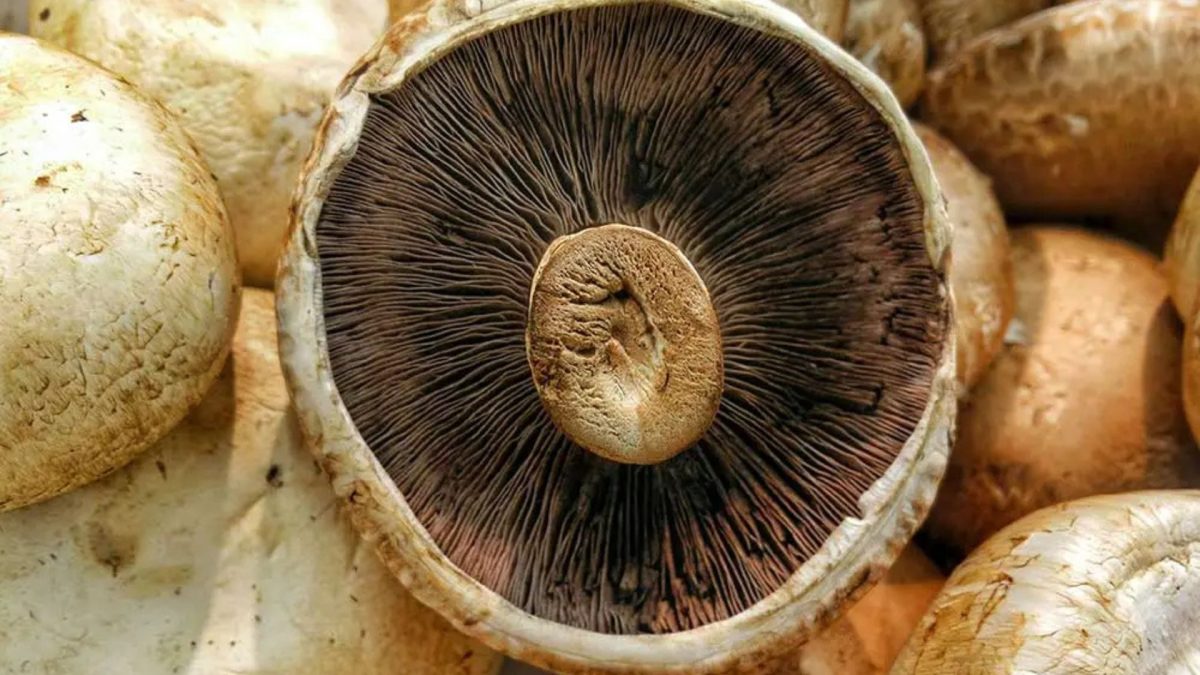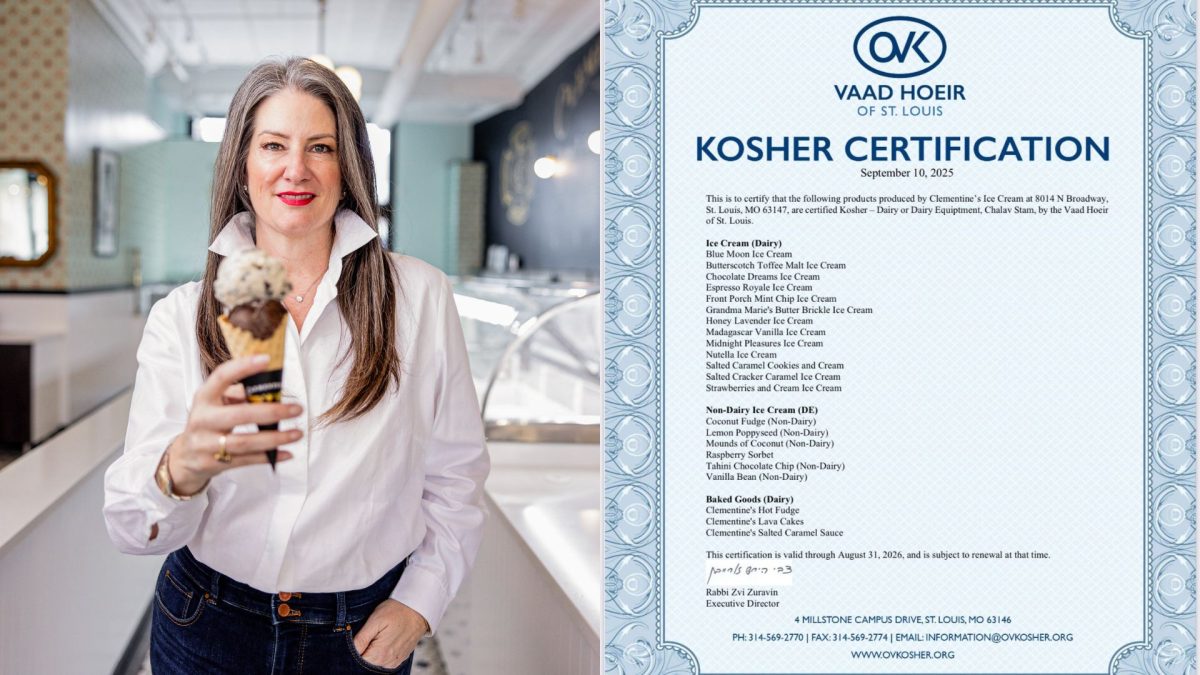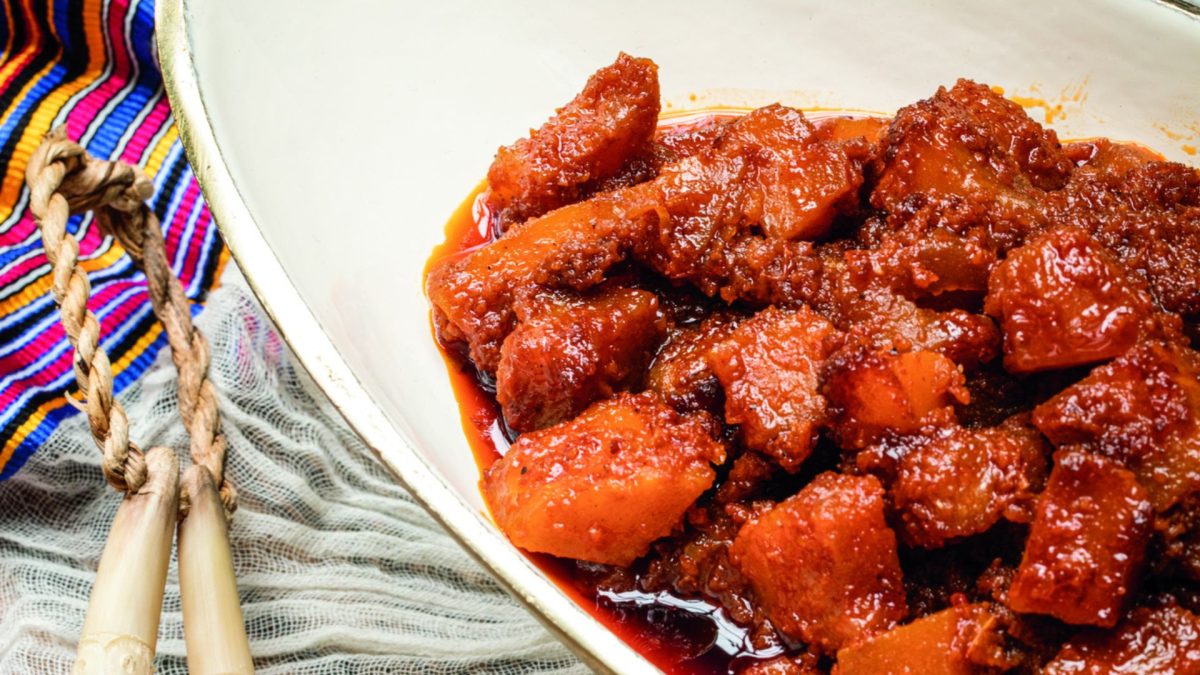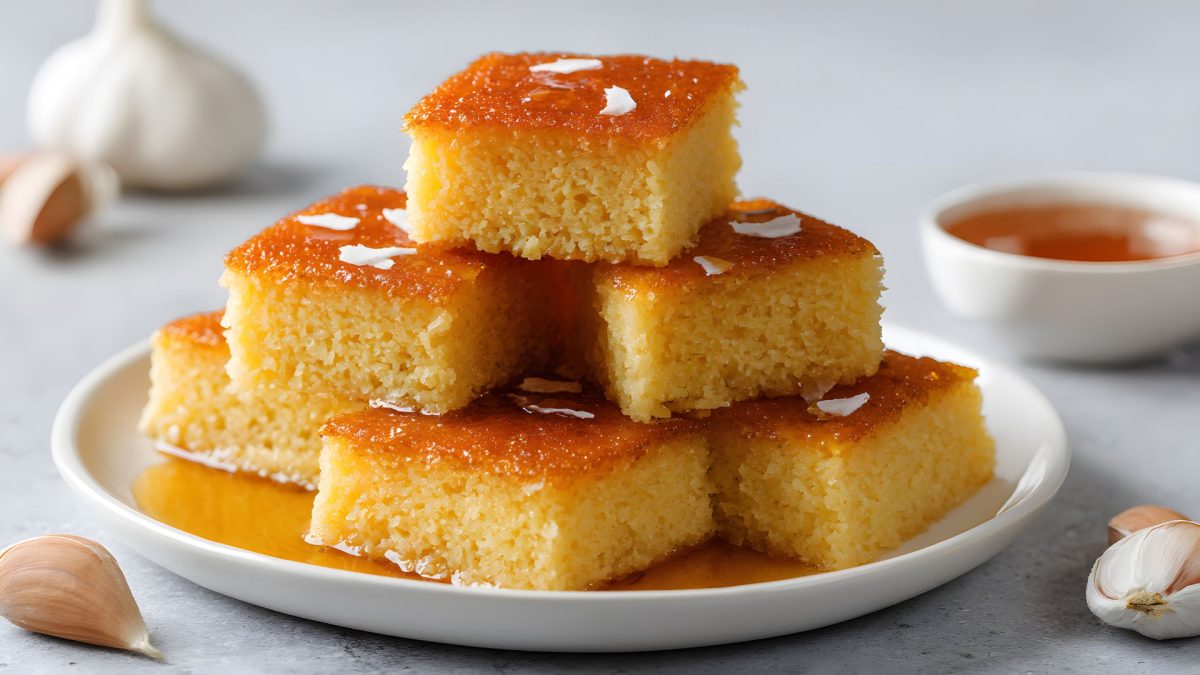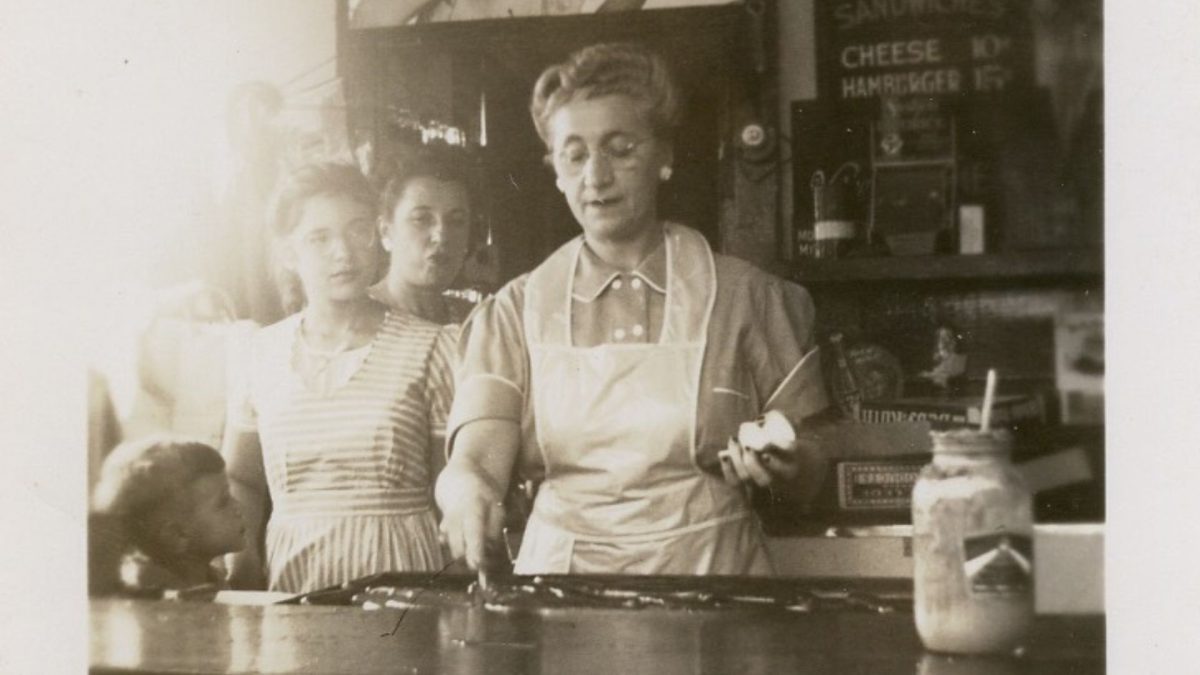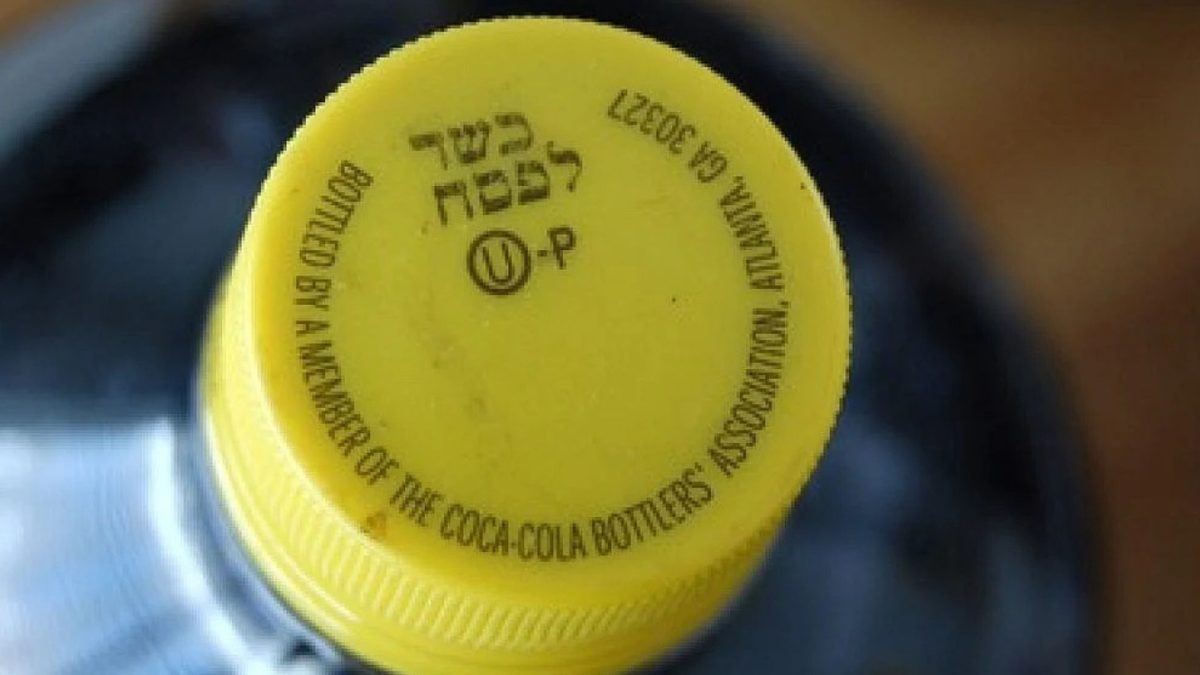Moment Magazine, founded in 1975 by Elie Wiesel and Leonard Fein, is an independent publication exploring Jewish life, politics, and culture. It offers award-winning journalism, insightful commentary, and diverse perspectives on contemporary issues. Moment also hosts community programs, projects, and events to foster dialogue, combat antisemitism, and promote understanding. Subscribe here.
This story was originally published on Moment.com. Sign up for the Moment Minute.
When a student of the famous Talmudic sage Rabbi Gamliel doubted the majesty of the World-to-Come, Rabbi Gamliel pointed to mushrooms and their spontaneous growth as evidence of the future abundance of the land of Israel. In fact, in ancient Israel, mushrooms, particularly the genus Boletus, were bountiful after heavy rainfalls and a favorite ingredient in ancient Israeli cooking. Since then, mushrooms—true to their nature—have popped up throughout the Jewish world in the most surprising of places.
Their biology spurred halachic discussions: mushrooms gather nutrients from decaying matter, not photosynthesis, so Talmudic sages ruled they don’t require the borei pri ha-adamah blessing for vegetables. Instead, they use shehakol nih’ye bidvaro, the blessing for food in no other category. Not being cultivated, mushrooms were exempt from tithes. Rabbi Avrohom Bornsztain argued mushrooms escaped God’s curse of toil placed on the land when Adam and Eve were expelled from Eden.
ADVERTISEMENT
Though kosher if bug-free, Maimonides warned against mushrooms in his Mishneh Torah due to the risk of poisoning. His caution led some Eastern European Jewish communities to avoid mushrooms into the 20th century. Yet, mushrooms remained a vital Ashkenazi ingredient. Gil Marks’s Encyclopedia of Jewish Food describes them as a savory meat substitute in dishes like kasha and knishes. Sautéed, pickled, or stewed, they added depth to meals. Sephardi Jews also used mushrooms in appetizers, frittatas, and pilafs.
Mushroom foraging was popular among Jews in Slavic regions. Maxim Shrayer, a Boston College professor, explains that Soviet Jews viewed it as a way to “Russianize.” They continued the tradition in the United States, though cookbook author Jayne Cohen argues mushrooms were part of Jewish cuisine well before Soviet influence. Dishes like barley and mushroom stew existed long before the 20th century.
Today, chefs prize exotic mushrooms like porcini and chanterelles, which elevate dishes. However, kosher certification is needed for processed mushrooms to ensure no non-kosher contamination. Rabbi Zalman Schachter-Shalomi, founder of the Jewish Renewal Movement, famously explored psilocybin mushrooms to enhance spirituality, calling them a pathway to deeper religious understanding. In the Talmud, a rabbi once became dangerously intoxicated by a mushroom’s fragrance, hinting at possible ancient experiences with psychedelics.
Mushrooms also bear a darker legacy. In medieval times, anti-Semites derogatorily called mushrooms “Jew Meat,” likely due to their slimy, poisonous reputation. The “Jew’s ear” mushroom (Auricularia auricula-judae) refers to Judas Iscariot, though the Oxford English Dictionary suggests it evolved from “Judas’s ear.” Nazi propaganda like Julius Streicher’s Der Giftpilz depicted Jews as poisonous fungi, teaching children to hate.
Mushrooms’ journey from halachic discourse to cuisine and anti-Semitic symbolism illustrates their enduring impact on Jewish culture.
Wild Mushroom Potato Kugel
ADVERTISEMENT
Adapted from Jewish Holiday Cooking: A Food Lover’s Treasury of Classics and Improvisations, by Jayne Cohen
Pareve
Yield: 8 to 10 servings
Ingredients
1 ounce dried wild mushrooms, preferably porcini or cèpes; shiitake don’t work well here (½ to ¾ cup)
¼ cup olive oil, plus additional for greasing pan
3 cups thinly sliced onion (¾ pound)
Salt and ground black pepper
2 teaspoons chopped garlic
6 large or 8 medium russet (baking) potatoes, peeled*
4 large eggs, beaten
*Rinsing then squeezing the grated potatoes dry eliminates that watery, muddy taste that mars some kugels.
Directions
1. Preheat oven to 400 degrees Fahrenheit.
2. Soak mushrooms in 2 cups hot water for 30 minutes, or until soft. Drain through strainer lined with paper towels; reserve liquid. Wash mushrooms under cold water and chop coarsely.
3. Heat oil in 10-inch heavy skillet over medium heat. Add onions and sauté until crisp and light brown, about 15 minutes. Transfer to bowl and season with salt and pepper. Combine chopped mushrooms, garlic and reserved mushroom soaking liquid in the same skillet. Boil mixture over high heat, stirring until liquid evaporates. Add salt and pepper to taste and remove the skillet from heat.
4. Grate potatoes. Transfer to a colander, rinse well. Drain, using your hands to squeeze out as much liquid as possible. In a large bowl, combine potatoes, eggs, fried onion and plenty of salt and pepper.
5. Grease a 13-by-9-inch, or similar heavy baking pan (not glass), and place in oven until oil is sizzling hot.
6. Pour half the potato mixture into pan, spread mushrooms over it, cover with remaining potato mixture and smooth top.
7. Bake uncovered for about 50 minutes until top is golden and crisp. Let kugel cool until set.



